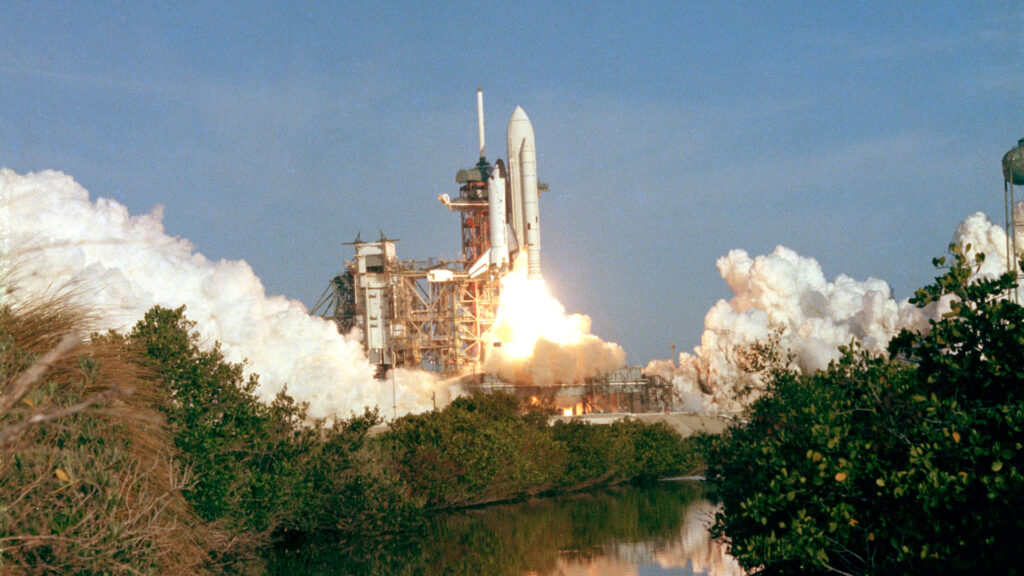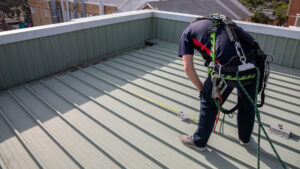Working in confined spaces can expose workers to the risk of the atmosphere becoming hazardous. Gas detection and atmospheric monitoring can be used to notify workers when the air is becoming dangerous.
Ensuring the atmosphere within a confined space remains safe for workers to breathe is vital. In many circumstances, the changes in the airs composition from safe to breathe to extremely hazardous can occur quickly and might not be immediately noticeable.
Some gases can be odourless, meaning they do not have a noticeable smell, while others can be colourless, making them impossible to see. A couple of gasses are both, and these can present a great danger to workers if they are present in a confined space.
Space shuttle Columbia
One famous of example of the dangers of odourless, colourless gases in confined spaces occurred during preparations for the first flight of the space shuttle Columbia in 1981.
Following a simulated launch countdown, workers were cleared to enter a section of the vehicle, near the engines. Believing the confined space to be safe, they did not take any breathing apparatus with them.
However, the compartment they entered had been purged with nitrogen as part of the practice launch procedure. Nitrogen is used to flush oxygen from areas of the shuttle to reduce the risk of a spark accidentally starting a fire. Nitrogen is an inert gas, so does not catch fire in the presence of a spark.

Nitrogen is also colourless and odourless. The human body does not recognise when oxygen levels are lower than is safe. As the workers entered the section of the shuttle to begin work, they lost consciousness, not realising the area was hazardous.
Two of the five workers died in the accident, while the other three suffered significant, lifelong injuries.
Atmospheric testing
Before any worker enters a confined space, the atmosphere should be tested to ensure it is safe to do so.
Gas detectors can be used to take a measurement of the atmosphere within a confined space, and report back whether it is safe for workers to enter. In the event the atmosphere is not safe, it will need to be made safe using extraction fans and ventilation or breathing apparatus will need to be used.
Most common gas detectors measure four things: oxygen concentration, carbon monoxide levels, hydrogen sulphide levels and the LEL, or lower explosive limit of flammable gases.
Before work can be safely undertaken within a confined space, concentration of oxygen should be at least 21 per cent, with other gases below their respective warning levels (these levels will vary depending on what is likely to be present).
Temperature checks should also be made to ensure the space is neither too cold or too hot for workers to safely be in.
Gas detector calibration
Like many other safety devices used to protect workers, gas detectors need to be calibrated and checked on a regular basis. These checks assist in making sure the sensors are returning the correct values and can be trusted to accurately measure the atmosphere in a confined space.
The first calibration check is a fresh air calibration. This is conducted in a normal working location, outside the confined space.
Secondly, a bump test (sometimes called a challenge test) is completed. This involves connecting the detector to a cylinder containing a known, pre-set mix of gasses. The measurements reported by the detector should match the concentrations of gasses within the test cylinder.
Finally, all peak levels should be cleared from the device before it is used to measure the confined space atmosphere.
Detectors that fail any of these checks should be removed from service until rectified or replaced.
Gas detection is just one part of confined space safety
Checking the breathability of the atmosphere in a confined space through gas detection and monitoring is just one part of maintaining safe work practices.
Like any high-risk activity, a holistic approach to safety is the best way to mitigate as many of the risks as practicable, considering the environment the work is being completed in, the work itself and the workers going into the high-risk area.
Height Safety Engineers are your partners in protecting people. Call our team on 1300 884 978 or email enquiries@heightsafety.net to start your safety journey with us.





